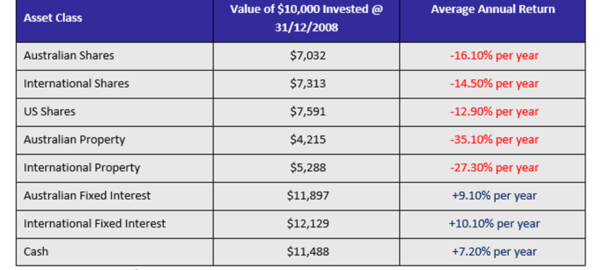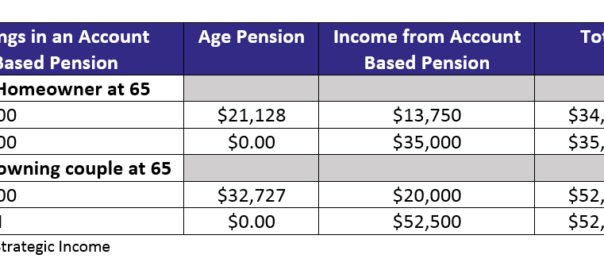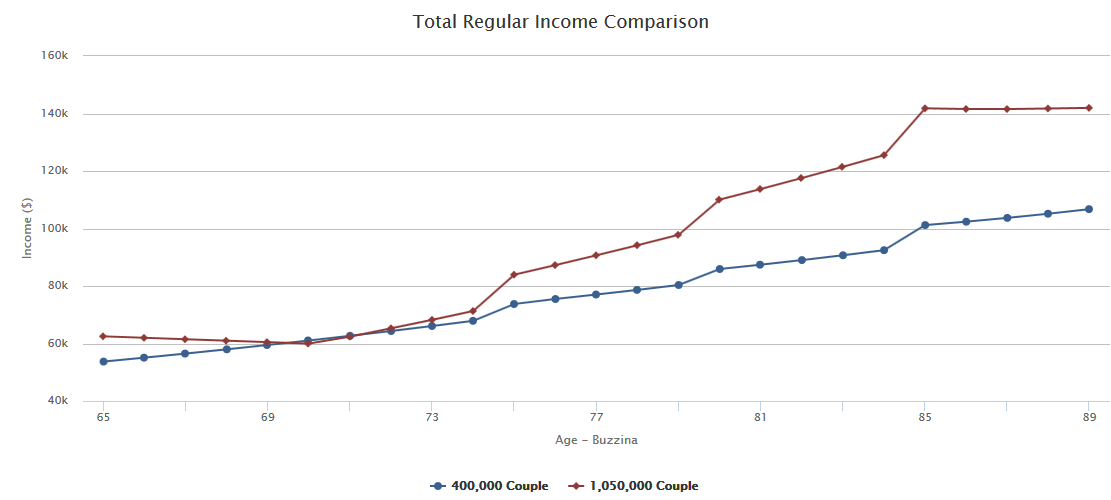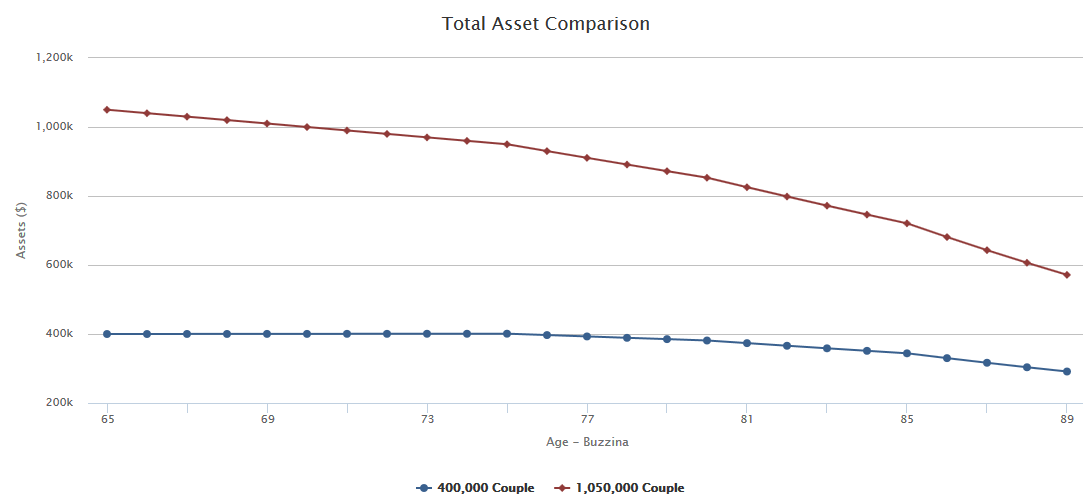
Protecting Your Earning Capacity
In previous articles, we have written about the importance of ensuring that your biggest asset – your earnings capacity is protected.
A question we often get however is how do I know if what I have is ok?

There are many Income Protection policies on offer with many options but one of the biggest differences you need to understand what happens in the event of a claim with an Agreed Value Policy compared with an Indemnity Policy. The wrong option can have catastrophic consequences to your financial position when you need the cover the most.
In order to make the right choice, you must first understand the differences between these two options.
An Agreed Value Policy is signed off at the start, i.e. what level of income they’re willing to cover. It provides you with certainty at the time of insurance application, the amount that you have been insured for will be paid, if you need it.
Whereas with an Indemnity Policy, the benefit amount is estimated at the start but not financially assessed until the time of claim.
In both instances, you generally are able to insure up to 75% of your income, but the difference in the event of claim can be significant.
So which one is advantageous for you?
Indemnity Value Policies are usually cheaper when compared to Agreed Value. However, there is no certainty on the monthly benefits received upon the claim. Although Agreed Value income protection might be a little more expensive, it holds more value as it provides you with certainty on the benefit amount you will receive.
Indemnity value covers are suitable for people with a steady income over the years. However, it is quite common for things to change which may lead to the decline (sometimes only short term) of your income.
Possible reasons for a decline in income (which would impact on an indemnity claim but not an agreed value claim):
– You may be in a stable employment now but have you ever dreamt about starting your own business? Clearly, the goal would be to return to a similar or high income but this move can often lead to a short-term income drop and provide an exposure.
– You may wish to change your career entirely. This could involve further study and again a reduced income for a period of time.
– Your current industry or expertise may be subject to disruption which could affect your earning capacity or require further study.
– You may wish to reduce your working hours or start a family.
– You may have your hand forced and need to give up your career or dramatically alter your hours if a family member becomes very ill.
Unfortunately, one of the most tragic situations we have seen was with a middle-aged man who overtime had his work hours, job performance and income gradually get affected as a result of a debilitating mental health illness. The illness caused him to have to reduce his hours and responsibility and even take periods of unpaid leave. Rather than going on a claim in the initial stages, he struggled through perhaps in denial. The gradual decline in health eventually resulted in a claim; however, the claim was reduced as his pre-disablement income was actually lower than what it was when he took the policy out. Had he taken out an Agreed Value Policy, he would have been entitled to a higher level of income which would have provided much more financial support to him and his family and would have allowed him to focus on his recovery.
For anyone who has default Income Protection cover through work or a Superannuation provider, it is critical to understand these differences as often default insurance is on an Indemnity Policy basis.
It is also important to understand that the older we get the more “uninsurable we become” so locking in a good policy now while you are young and healthy can make a significant difference when you need the policy the most.
At JBS we help people assess their need for cover every day. We provide clients with piece of mind which allows them to get on with their lives in comfort knowing that they are covered. Please contact us so that we can provide you with the same level of comfort.









 One of the first things retirees quickly discover is that they have too much time on their hands with nothing to do. Playing a round of golf with mates or enjoying a drink at the bar will only fill up a certain amount of time in the day and you can’t go doing the same thing every day. Retired couples and singles alike will quickly become very unhappy once they run out of things to do.
One of the first things retirees quickly discover is that they have too much time on their hands with nothing to do. Playing a round of golf with mates or enjoying a drink at the bar will only fill up a certain amount of time in the day and you can’t go doing the same thing every day. Retired couples and singles alike will quickly become very unhappy once they run out of things to do.
 Unfortunately for some, the Age Pension will be critical to fund their retirement, but the Age Pension age doesn’t need to be your Retirement Age. There’s a few things you can do to help reduce your reliance on the Age Pension and retire when you want to retire, our motto is that we’d rather you be working because you want to, not because you have to.
Unfortunately for some, the Age Pension will be critical to fund their retirement, but the Age Pension age doesn’t need to be your Retirement Age. There’s a few things you can do to help reduce your reliance on the Age Pension and retire when you want to retire, our motto is that we’d rather you be working because you want to, not because you have to.







 Before we bought our home we decided that it was important to set out the financial ground work regarding what we needed to do in order to fund our loans, living expenses and at the same time able to save each week. So we sat down to determine what our repayments and bills would be once we moved into our home. From there we were able to work out the exact amount we were realistically able to save each week and made a commitment to put those funds aside without fail. Furthermore we made a commitment to put aside funds each week into our son’s bank account. Again this was a realistic figure and we stuck to it each week.
Before we bought our home we decided that it was important to set out the financial ground work regarding what we needed to do in order to fund our loans, living expenses and at the same time able to save each week. So we sat down to determine what our repayments and bills would be once we moved into our home. From there we were able to work out the exact amount we were realistically able to save each week and made a commitment to put those funds aside without fail. Furthermore we made a commitment to put aside funds each week into our son’s bank account. Again this was a realistic figure and we stuck to it each week.
 Since July 1 2017, the ten percent employment rule regarding tax-deductible super contributions has been replaced. The rule meant that a person could not claim a tax deduction on personal Super Contributions if more than ten percent of their assessable income was obtained as an employee. The new rule is now any person under age 65 now may be able to claim a tax deduction on their contributions regardless of their employment arrangement, whilst those aged between 65 and 74 need to satisfy the Work Test in order to be eligible to make a contribution, and subsequently claim a tax deduction.
Since July 1 2017, the ten percent employment rule regarding tax-deductible super contributions has been replaced. The rule meant that a person could not claim a tax deduction on personal Super Contributions if more than ten percent of their assessable income was obtained as an employee. The new rule is now any person under age 65 now may be able to claim a tax deduction on their contributions regardless of their employment arrangement, whilst those aged between 65 and 74 need to satisfy the Work Test in order to be eligible to make a contribution, and subsequently claim a tax deduction.
 One of the more prominent changes to Super that came into effect was the removal of the concessional tax treatment of Transition to Retirement Pensions (TTR Pension). Pre 1 July 2017 any money held within a TTR pension received a 0% tax rate on any income or realised capital gains, however post 1 July 2017 money held within the TTR pension is taxed at 15% (same as accumulation).
One of the more prominent changes to Super that came into effect was the removal of the concessional tax treatment of Transition to Retirement Pensions (TTR Pension). Pre 1 July 2017 any money held within a TTR pension received a 0% tax rate on any income or realised capital gains, however post 1 July 2017 money held within the TTR pension is taxed at 15% (same as accumulation).
 With all the festivities and celebrations over and done with, for most of us it’s now time to pick up the pieces and start the New Year a fresh, which is a perfect time to review your personal insurance needs. Research from one of Australia’s largest personal insurance companies have found that only 37% of Aussies aged between 18-69 actually have life insurance and even more disturbingly only 18% have disability cover and income protection insurance. Further findings include how Australians are grossly underinsured. It’s estimated that the underinsurance gap in Australia is approximately $1.8 Billion, meaning there are a lot of Aussies out there who believe they have sufficient insurance cover, but in fact don’t. For most of us, we don’t like to think about insurance and when asked about how much we have, the first response is usually “I don’t know”.
With all the festivities and celebrations over and done with, for most of us it’s now time to pick up the pieces and start the New Year a fresh, which is a perfect time to review your personal insurance needs. Research from one of Australia’s largest personal insurance companies have found that only 37% of Aussies aged between 18-69 actually have life insurance and even more disturbingly only 18% have disability cover and income protection insurance. Further findings include how Australians are grossly underinsured. It’s estimated that the underinsurance gap in Australia is approximately $1.8 Billion, meaning there are a lot of Aussies out there who believe they have sufficient insurance cover, but in fact don’t. For most of us, we don’t like to think about insurance and when asked about how much we have, the first response is usually “I don’t know”.